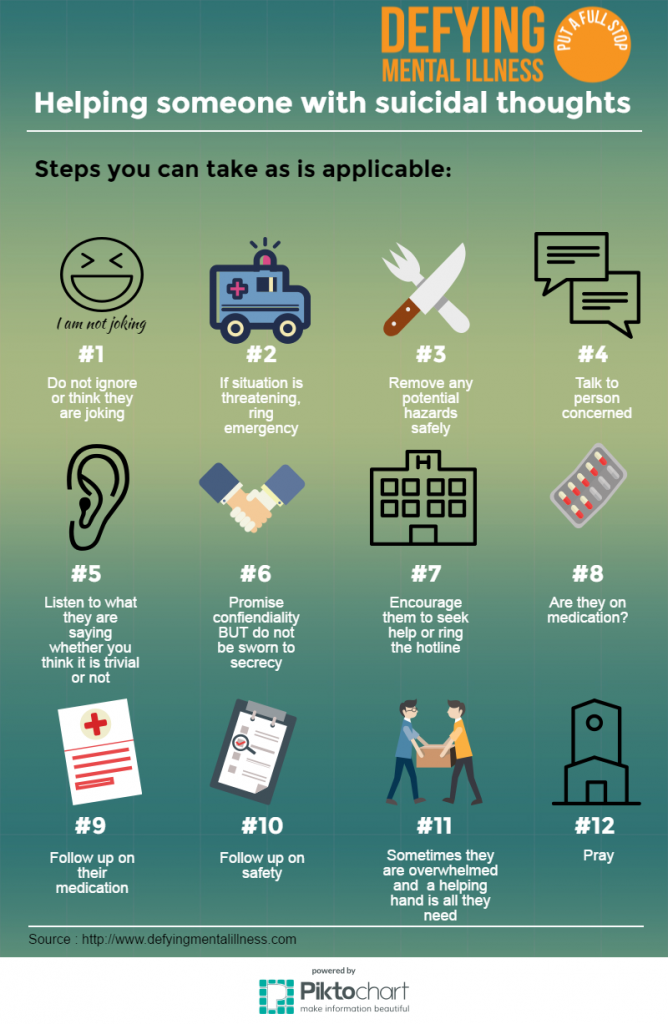What Is Affirmative Therapy
What Is Affirmative Therapy
Blog Article
What Types of Therapy For PTSD Are Available?
Treatment for PTSD assists you discover to handle your signs and symptoms and gain back control of your life. It can involve dental medications or chat therapies. Psychiatric therapy, or talk therapy, is one of the most common therapy for PTSD. It can take place individually or in a group setting.
Signs and symptoms of PTSD can vary from being quickly alarmed to staying clear of tasks and individuals. These signs can also influence relative and children.
Cognitive behavior modification (CBT).
CBT concentrates on changing negative patterns of assuming and habits that might be creating PTSD signs. This therapy is commonly temporary and client-centered, with the therapist and customer establishing treatment goals with each other. CBT has been revealed to reduce PTSD signs and symptoms in a number of clinical tests utilizing clinician-administered and self-report measures of PTSD. These results are moderated mostly by changes in maladaptive cognitive distortions, with some researches reporting physiological, functional neuroimaging, and electroencephalographic adjustments associating with feedback to CBT.
TF-CBT utilizes psychoeducation and imaginal direct exposure to show clients just how to much better control feelings and cope with their injuries. This treatment has actually additionally been shown to enhance PTSD symptoms in youngsters and teens.
Eye activity desensitization and reprocessing (EMDR).
EMDR is an evidence-based therapy that works by helping people procedure injury utilizing adaptive data processing. It can be made use of by itself or with various other therapies. It has been shown to be efficient in treating PTSD. EMDR is commonly utilized all over the world.
It starts with history-taking and a joint treatment plan. During this phase, you will discuss the reason you are looking for treatment and recognize traumatic memories you intend to concentrate on. The specialist will certainly additionally teach you techniques to manage any hard or upsetting emotions that may develop during a session.
During the recycling phase, you will certainly recall a traumatic memory while focusing on a back-and-forth activity or free mental health support noise (like your supplier's hand crossing your face) up until the unfavorable pictures, thoughts, and feelings connected with it begin to decrease.
Somatic experiencing.
A therapist that concentrates on this strategy will certainly aid you familiarize the physical feelings that accompany your PTSD signs. They'll also instruct you how to identify your free nerves and its function in the trauma reaction.
Unlike other trauma therapies, somatic experiencing doesn't concentrate on memories or feelings. Instead, therapists work to launch the stress from your body and soothe your signs and symptoms.
This treatment has been found effective in a number of randomized controlled trials. However, the arise from these research studies are restricted by little example dimensions and various other technical shortages. These drawbacks restrict the exterior validity of these findings.
Present-centered therapy.
Present-centered therapy (PCT) is a non-trauma focused psychotherapy that aims to improve patients' relationships, instill hope and optimism, and advertise analytic. While PCT lacks exposure and cognitive restructuring techniques of trauma-focused therapies, it has been shown to be as efficient in minimizing PTSD symptoms as trauma-focused CBTs.
In a series of eleven studies, PCT was compared to a wait listing or marginal call control condition and to TF-CBT. PCT was superior to the WL/MA conditions in minimizing self-reported PTSD signs and symptoms at post-treatment, and it was related to lowered therapy failure rates. Nevertheless, the impact size was not large enough to be scientifically significant.
Meditation.
Meditation helps people calm their nervous systems and technique self-care. This treatment concentrates on the physical feeling of breathing, and individuals might obtain sidetracked by ideas or feelings, however it is essential to return their focus to the breath over and over.
PTSD affects not only those who have actually straight experienced the injury, yet additionally witnesses and those that collaborate with emergency situation -responders or police. Signs and symptoms of PTSD can include intrusive, upsetting memories, flashbacks or nightmares, and trouble focusing or sleeping.
Avoiding painful memories and sensations is a common reaction to injury, however it only makes signs and symptoms even worse. It is very important to seek treatment prior to PTSD disrupts your life and relationships.
Twin diagnosis treatment.
Signs and symptoms of co-occurring PTSD and compound use problem (SUD) are typically linked and both need to be addressed in recuperation. People that experience PTSD can be more likely to turn to alcohol or medications to self-medicate and momentarily alleviate invasive thoughts, flashbacks and negative mood swings.
PTSD symptoms include recurring and spontaneous upsetting memories or desires, brilliant and dissociative responses that seem like reliving the event, preventing locations, individuals, discussions, or objects associated with the trauma, feelings of hypervigilance and being constantly on guard or conveniently startled, and feelings of emotional tingling.
Twin medical diagnosis treatment involves therapy and discovering healthier coping systems. It might additionally entail pharmacotherapy, such as antidepressants or state of mind stabilizers.